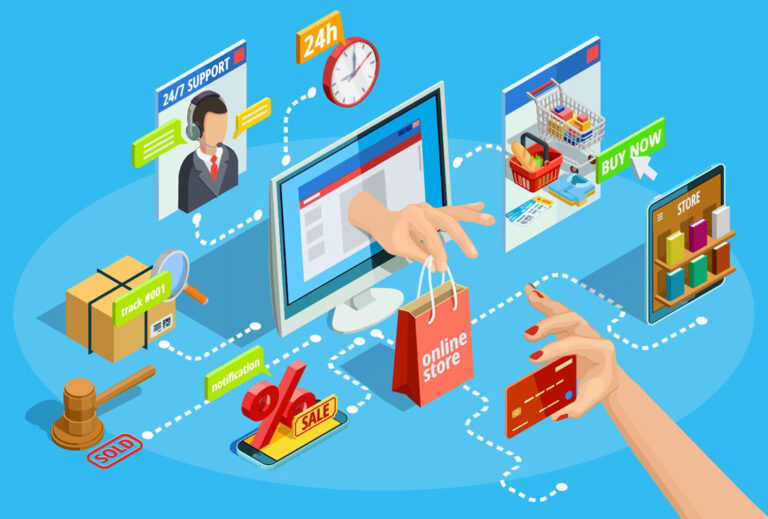The Things Must-Know About Beverage Export Markets in 2026 to Boost Your Brand Globally

The global beverage market is entering a strong growth phase, with its value projected to reach USD 284 billion by 2026. This expansion is driven by rising demand for health-oriented, eco-friendly products that align with modern lifestyles. Emerging markets such as Asia–Pacific, the Middle East–Africa, and Latin America are opening up export opportunities for beverage brands — especially those capable of customizing products to meet local consumer preferences.
At the same time, trends like sustainable packaging, functional beverages, and digital commerce strategies are becoming key factors that help brands enhance their global competitiveness. To fully tap into the export potential, beverage companies need to invest in market research, product optimization, local partnerships, and strict compliance with international standards.
Global Market Outlook
As the global market continues to change rapidly, identifying and capitalizing on emerging export markets becomes key for brands to expand their international footprint. With changes in consumer behavior, economic growth, and adjustments in import policies, 2026 opens up new opportunities for beverage exporters.

According to ReportLinker, the global soft drinks market is expected to reach $284 billion by 2026. This growth is driven by product innovation and a marked shift in consumer behavior — particularly the growing demand for healthier beverages and environmentally friendly packaging solutions.
Key Emerging Export Markets
1. Asia-Pacific: A Hub of Opportunities
The Asia-Pacific region continues to be a focal point for beverage exporters. With rapid urbanization and rising disposable incomes in countries like China, India, and Southeast Asian nations, there's a growing demand for diverse beverages. The non-alcoholic market here is particularly robust, encompassing bottled water, juices, soft drinks, and ready-to-drink (RTD) coffee and tea. Notably, there's a significant trend towards healthier living, leading to increased consumption of functional drinks, including probiotic and plant-based beverages.
2. Middle East and Africa: Untapped Potential
Emerging markets in the Middle East and Africa present significant opportunities for beverage exports. In 2021, the consumption of packaged beverages in these regions was substantial, with projections indicating continued growth . The increasing health awareness and a youthful demographic are driving demand for non-alcoholic and health-oriented beverages. For instance, the popularity of alcohol-free beers is rising, with brands like Carlsberg's Moussy and Heineken's Fayrouz gaining traction by aligning with local tastes and cultural preferences.
3. Latin America: Growing Health Consciousness
Latin American countries are witnessing a shift towards healthier lifestyles, leading to increased demand for low-sugar and functional beverages. In 2020, consumer spending on food and non-alcoholic in the region was significant, with Brazil and Mexico being major contributors . Exporters offering natural and health-focused drinks can find receptive markets in these nations, where there's a growing preference for products that align with health and wellness trends.
Trends Shaping Export Strategies
1. Functional and Health-Oriented Beverages
Consumers globally are gravitating towards drinks that offer health benefits beyond basic nutrition. The functional beverage market, including drinks with added vitamins, minerals, and probiotics, is expanding rapidly . Exporters should consider developing products that align with these health trends.

2. Sustainable Packaging
Environmental concerns are influencing consumer choices, making sustainable packaging a key differentiator. The packaging market is expected to reach $189 billion by 2026, with a significant emphasis on eco-friendly materials . Adopting recyclable and biodegradable packaging can enhance brand appeal in environmentally conscious markets.

3. Digital Engagement and E-commerce
The rise of digital platforms has transformed how consumers discover and purchase drinks. Engaging storytelling, interactive content, and robust e-commerce strategies are essential for reaching global audiences. Brands that effectively utilize digital channels can build strong connections with consumers in new markets.

Strategic Considerations for Exporters
Market Research: Conduct thorough research to understand local consumer preferences, regulatory requirements, and competitive landscapes in target markets.
Product Adaptation: Tailor products to meet the cultural tastes and health expectations of each market, including flavor profiles and nutritional content.
Partnerships: Collaborate with local distributors, retailers, and influencers to build brand presence and trust in new regions.
Regulatory Compliance: Ensure all products meet the import regulations and standards of the target countries to avoid legal and logistical issues.
Conclusion
The evolving global market in 2026 offers numerous opportunities for exporters willing to adapt and innovate. By focusing on emerging markets, aligning with health and sustainability trends, and leveraging digital platforms, beverage brands can successfully expand their international presence and meet the dynamic demands of consumers worldwide.
Nam Viet Group: A Vietnam-Based Brand Leading the Global Beverage Export Journey
Among the emerging names in global drink exports, Nam Viet Group is a standout example of how Vietnamese brands can succeed internationally by aligning with global trends. Exporting to over 200 countries, Nam Viet focuses on health-driven, sustainable beverages like sugar-free coconut water, 100% fruit juice, and aloe vera drinks. These products meet rising global demand for functional, clean-label beverages. By combining recyclable packaging, international certifications (GMP, HACCP, FSSC22000), and flexible OEM/ODM services, Nam Viet has built strong partnerships across markets.
For brands eyeing export growth in 2026, Nam Viet proves that innovation, adaptability, and strategic packaging are essential to global success. Don’t forget to explore Nam Viet's export-ready drink portfolio HERE to discover the right opportunities for your target market.
